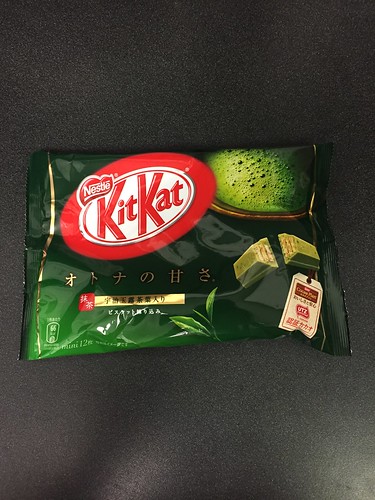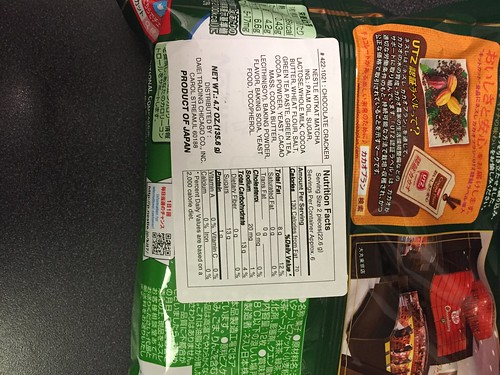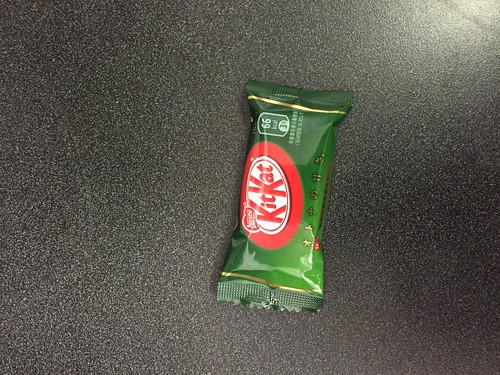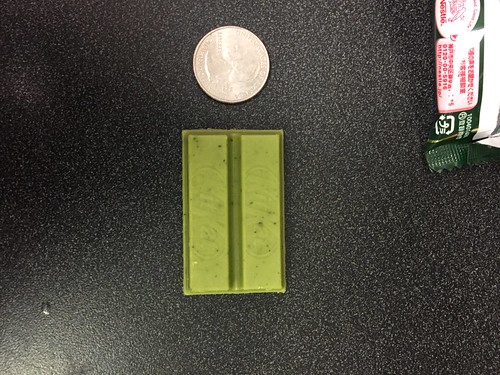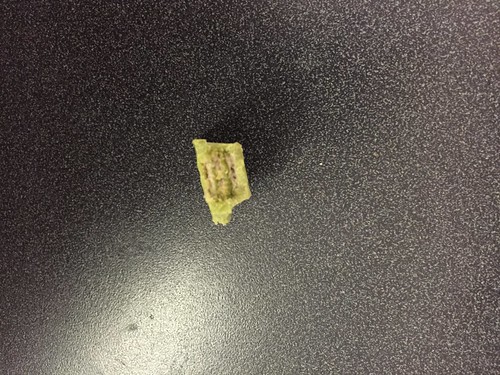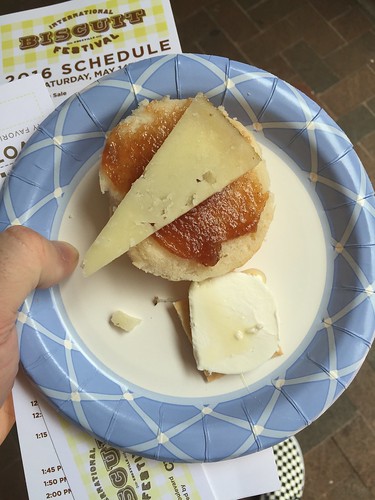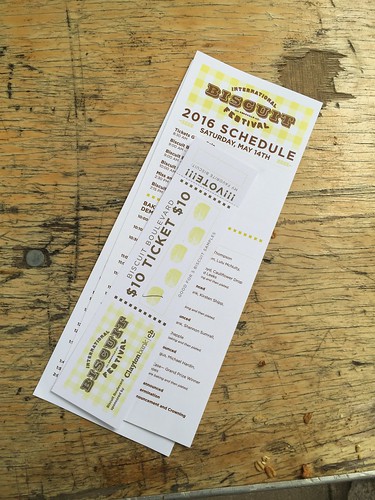I noticed at the end of this month that I've read quite a bit less this year than I did last year, and wasn't sure why until I realized that my parents didn't come visit this spring. Usually when they come down we are sequestered in a cabin with limited internet, and I read a ton of books because when we're not out doing something we're mostly just hanging out around the cabin doing nothing. Without that week off, I'm behind where I was last year, but I'm hopeful that I can catch up by the end of the year.
While we wait until January 1 to find out if I'm right, let's look at what I read in April:
1) Carol Clover's
Men, Women, and Chainsaws was a very interesting, but very dense, read. I really enjoyed this exploration of gender identity and depiction in horror movies, but it was very slow reading, and a few times I had to look up words to know what she was talking about, so I guess it was also intellectually challenging. It was almost like reading a textbook, but it still managed to be at least a little fun, and Clover's genuine appreciation of these types of movies shines through even when her language is really dry.
The only drawback I have is that she could have used some additional examples sometimes. She used one particular scene in
Videodrome as an example in every chapter, sometimes multiple times in a chapter. Even if that one scene is evidence that every single one of her arguments is correct, surely there are others that also prove them. I do sort of want to see that movie, though, except that James Woods is in it and I've never really liked him much.
2) In Christopher Golden's
Dead Ringers, your friends are not what they seem, and neither are you. Tess calls her ex-husband, Nick, to yell at him for ignoring her when they bumped into each other on the sidewalk, but Nick is out of town. Frank is attacked in his home and chained up in the basement by a man with his face, a man who starts wearing Frank's clothes and going to Frank's job. Tess' best friend is suddenly mistaken for a hot new artist, because the artist looks exactly like her. Who are these doppelgangers, and how are they linked to Tess and her friends? And are they the real danger, or is it the blind homeless man with the coat full of shadows who is stalking them across the city of Boston?
This starts out a little slow, gets a little creepy, but then kind of fizzles back to being a little slow. It also featured what was probably intended to be a shocking twist ending, but by that point I was kind of like, "Oh, wait. When did that happen?" and then couldn't be bothered to turn back a few pages to see what I missed.
3) I ordered
The Queen of Lies for my Kindle because my friend Mike wrote it and I wanted to be supportive, and I'm glad I did because I also enjoyed it. A detailed fantasy novel starring a failed alcoholic mage, an assassin priest, a princess, and a cast of other characters, it accomplishes a lot of world-building without being boring. I was a little surprised by the sudden hot gay sex in the middle (mostly because I was on the treadmill at the fitness center and was like, "Holy shit, can the girl next to me see my Kindle from her treadmill?"), but it was also nice to have that show up in a fantasy novel that wasn't marketed as a "queer lit" book. There was also some straight people sex, too, if that's what you're looking for, but it was pretty entertaining regardless of the sex, too, in case that's not what you're looking for.
I guess I'm just saying, "This was good, I liked it, but maybe don't read it where people can see what you're reading in a couple of parts."
4) Sam Munson's
The War Against the Assholes introduces Mike Wood, a not especially smart football playing Catholic school student with a clearly defined moral code. When a classmate he never speaks to gives him a small book of card tricks, Wood finds himself drawn into a clandestine world of magic, with tricks, secret meeting rooms, and amazing feats. He also discovers that there is a formal school of magic, training young wizards. Unfortunately the formal school is also part of a war to wipe out the unschooled magicians, the side that Wood has found himself on, and he finds himself drawn into a war against the assholes and their rules.
The further I get from finishing this book, the less I like it. It wasn't terrible, but it wasn't really all that great, either. More than anything, it felt kind of incomplete. Characters are never really fleshed out, so their actions don't always make sense. Major events happen without being shown, and the author spends way more time telling us how horrible the bad guys are than actually showing it, so they don't really carry any sense of menace.
5) Adam Christopher's
Made to Kill takes us to mid-1960's LA, at a time when the great experiment of robots performing menial labor has come and gone. Humans distrusted the metal men, and they were all phased out of existence except for Raymond Electromatic and Ada, the giant computer that monitors and maintains him. As the last robot on earth, Raymond supports himself and Ada as a licensed private detective, and also as a hit man, two worlds that collide when a young woman with dark eyes and a bag full of gold bars steps into his office. She wants Raymond to find and dispose of an actor, but someone else also wants Raymond to dispose of her. Can he unravel the knot of who she is and what she wants as he pursues her through shady meetings at Hollywood nightclubs, Russian mobsters, radioactive movie stars, and a diabolical plan that may destroy Raymond as well?
This was an interesting blend of crime noir and science fiction, but it didn't always seem to hang together. Still, I enjoyed it enough to think about picking up the eventual sequels that I assume are coming, since Amazon says it's a trilogy.
6) Paul Tremblay's
A Head Full of Ghosts was creepy and disturbing, and a very good read.
Merry is eight years old, and her family is in trouble. Her father was laid off after two decades working a factory job, and is slowly becoming devoutly, obsessively religious as her skeptic mother tries to support the family of four on a bank teller's salary. Meanwhile, Merry's sister, Marjorie, starts to exhibit strange behavior: hearing voices, telling stories, acting out, and then spiraling into bizarre physical behavior. When medical treatment can't help her, Marjorie's father and his priest reach a disturbing conclusion: Marjorie is possessed, and must be exorcised. As bad as that sounds, there's a possible opportunity for the family to pull themselves out of their disastrous financial situation while still helping Marjorie. Fifteen years later, Rachel, a bestselling author, is interviewing Merry. Rachel wants to write a book about "The Possessed", the six episode reality show that Merry's family starred in. She wants to explore what happened to Marjorie, what happened to the family, and how Merry ended up as the only survivor.
I really liked that this book was unclear about a lot of things, even whether or not the ending really happened the way Merry remembers it. Tremblay uses his unreliable narrator, Merry, in the best possible way, leaving the reader with an unsettling story of a family in some sort of crisis, but maybe not the kind that it seems like they're in.
Coming up in May: All biographies and memoirs! Hopefully I'll be able to read them faster than I normally do.
